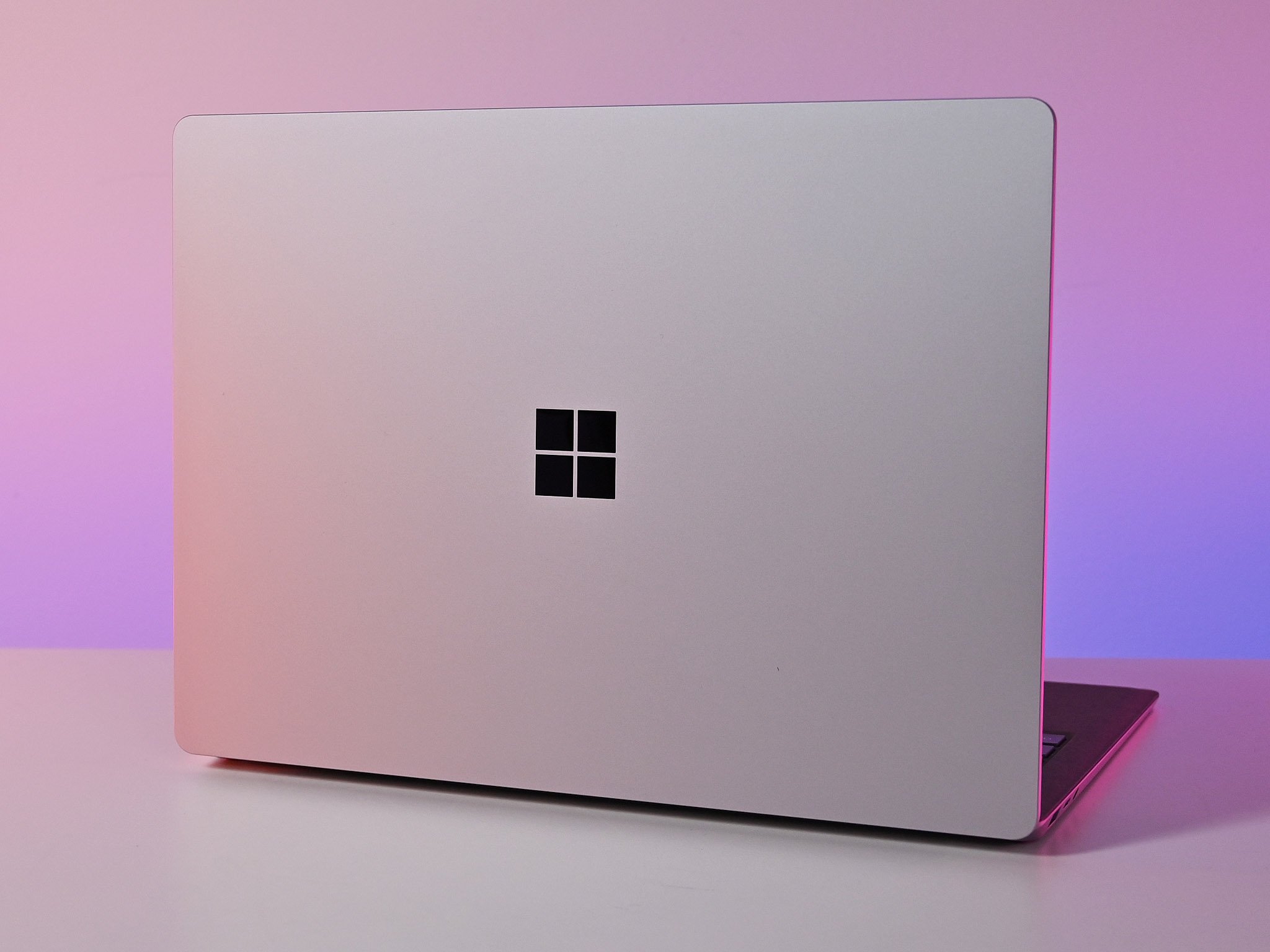Windows 'PrintNightmare' vulnerability being actively exploited, according to Microsoft [Updated]
A Windows vulnerability appears to have accidentally been shared by researchers, and it's actively being exploited.

What you need to know
- A vulnerability dubbed "PrintNightmare" allows attackers to "install programs; view, change, or delete data; or create new accounts with full user rights," according to Microsoft.
- Researchers appear to have accidentally shared the vulnerability publicly.
- Attackers can utilize the vulnerability to target the Windows Print Spooler service.
Update July 7, 2021 at 6:15 pm ET: As of July 7, the PrintNightmare issue has not been fixed, and Microsoft's latest patch has proved ineffective. Our full update on the situation can be found in our most recent article discussing the PrintNightmare vulnerability.
The Windows Print Spooler service has an unpatched critical flaw that's been dubbed "PrintNightmare." Microsoft warns people about the vulnerability and breaks down how it works in a recent post:
"A remote code execution vulnerability exists when the Windows Print Spooler service improperly performs privileged file operations," says the company. "An attacker who successfully exploited this vulnerability could run arbitrary code with SYSTEM privileges. An attacker could then install programs; view, change, or delete data; or create new accounts with full user rights."
According to Microsoft, the vulnerability is being actively exploited.
The vulnerability appears to have been accidently published in the form of a proof-of-concept exploit. Sangfor researchers published the proof-of-concept but have since deleted it. Unfortunately, the code was forked on GitHub before it was removed.
As explained by The Verge, the researchers at Sangfor appeared to have thought the vulnerability had been patched by Microsoft. The company had patched issues related to Windows Print Spooler, but they were not for this specific issue.
Microsoft lists two options as workarounds for the issue:
All the latest news, reviews, and guides for Windows and Xbox diehards.
- Disable the Print Spooler service
- Disable inbound remote printing through Group Policy
While publicly known as PrintNightmare, Microsoft has assigned the name CVE-2021-34527 to the vulnerability.
Microsoft is still investigating the severity of this vulnerability. The company is also investigating if all versions of Windows are exploitable.
"The code that contains the vulnerability is in all versions of Windows," says Microsoft. "We are still investigating whether all versions are exploitable. We will update this CVE when that information is evident."
We have a complete guide on how to mitigate Print Spooler PrintNightmare vulnerability on Windows 10 if you need to deal with the issue.

Sean Endicott is a news writer and apps editor for Windows Central with 11+ years of experience. A Nottingham Trent journalism graduate, Sean has covered the industry’s arc from the Lumia era to the launch of Windows 11 and generative AI. Having started at Thrifter, he uses his expertise in price tracking to help readers find genuine hardware value.
Beyond tech news, Sean is a UK sports media pioneer. In 2017, he became one of the first to stream via smartphone and is an expert in AP Capture systems. A tech-forward coach, he was named 2024 BAFA Youth Coach of the Year. He is focused on using technology—from AI to Clipchamp—to gain a practical edge.
